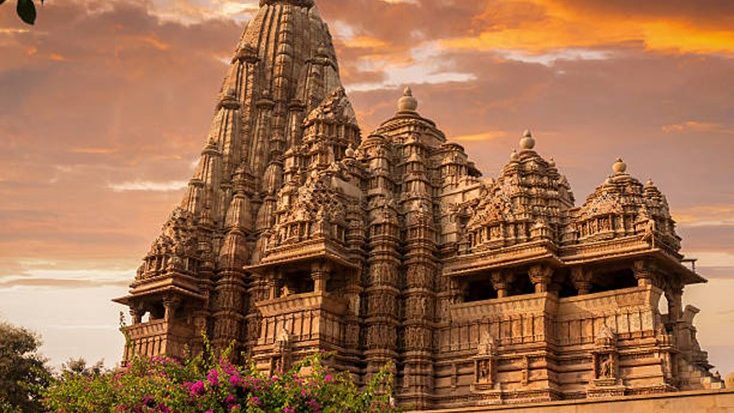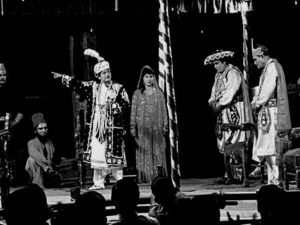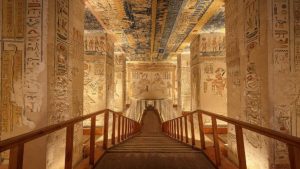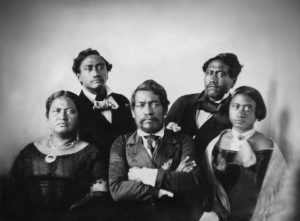The Khajuraho Group of Monuments is a group of Hindu and Jain temples in Chhatarpur district, Madhya Pradesh. The temples are famous for their Nagara–style architectural symbolism and their erotic sculptures. Most Khajuraho temples were built between 885 AD and 1050 AD by the Chandela Dynasty.

The temples of Khajuraho consist of a sanctum, a narrow antechamber, a transept, additional halls, a mandapa or nave, and a passage that is lighted by large windows. The carvings at the temple seem to be predominantly about Hindu deities and mythology. The architectural style also follows Hindu traditions. A predominant feature of the construction of a Hindu temple is that the face of the temple should be towards the direction of sunrise. All the temples of Khajuraho have been built with this in mind. The monuments built by Chandelas were famous for their architecture and sculptural glory. The Chandelas were also deeply interested in performance arts and the various forms of music and dance. This is evident from the sculptural representation of various scenes of music and dance depicted on the walls of these temples.
Erotic imagery is very common in the temples of Khajuraho. Sculptures of a celestial nymph with broad hips, heavy breasts, and languishing eyes are commonly found in the Kandariya Mahadeva and Vishwanath temples. These sculptures are believed to reflect the idea of female beauty and fertility. Other scenes depicted on the walls of the temple are a part of the Narathara (the human life cycle) signifying how sexual procreation and Kama are essential aspects of human life. Of the area’s 85 original temples, 22 are still reasonably well preserved. With a few exceptions, they are constructed of hard river sandstone. Both internally and externally the temples are richly carved with excellent sculptures that are frequently sensual and, in some instances, sexually explicit. The circle of the mandala circumscribes the square. The square is considered divine for its perfection and as a symbolic product of knowledge and human thought, while the circle is considered earthly, human, and observed in everyday life (moon, sun, horizon, water drop, rainbow). Each supports the other. The square is divided into perfect 64 sub-squares called padas. Most Khajuraho temples deploy the 8×8 (64) padas grid Manduka Vastupurushamandala, with pitha mandala, the square grid incorporated in the design of the spires.
Sexual arts depict various sexual expressions of different human beings based on the core Hindu theme of Moksha. In many erotic sculptures, you can see people having sex while being in meditation at the same time. A couple embracing each other depicts the Purusha (Essence) and Prakriti (Nature) of life. There are also other beliefs that it was thought that Moksha can only be attained by leaving behind worldly things but in reality, the Moksha can still be obtained while living a normal life. Dharma, Artha, Kama, and Moksha are the four main goals of life in Hinduism.
Thus, The Temples of Khajuraho stand as an unparalleled testament to India’s rich cultural and artistic heritage. Their intricate carvings depict a fusion of religion, philosophy, and sensuality, showcasing the magnificence of medieval Indian art. Beyond their aesthetic allure, these temples offer a glimpse into the socio-religious milieu of the Chandela dynasty. Preserving a unique blend of spirituality and human expression, the Temples of Khajuraho continue to captivate visitors, serving as an enduring symbol of India’s past glory.
ARTICLE BY – SHRUNJAL VYAS | EDITED BY – SAHIL HARVANI



